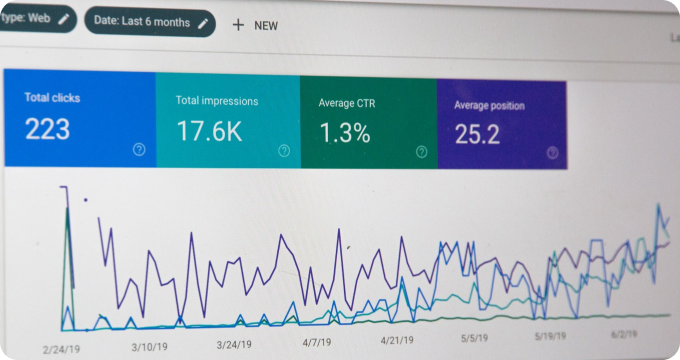What are Credit Union Vendor Management Systems and How Do They Work?
- November 03, 2023
- 2 minutes
Credit union vendor management systems (CUVMS), a crucial component in the finance industry, have grown in importance and complexity over the last decade. These systems assist credit unions in managing third-party vendor relationships, ensuring regulatory compliance, mitigating risks, and enhancing operational efficiency. This article delves into the intricate design, functionality, and significance of CUVMS, exploring their multifaceted role in credit union industries.
To understand the role of CUVMS, we must first understand the concept of vendor management. This is an internal process within an organization whereby third-party suppliers and service providers are evaluated and monitored to ensure value for money and to mitigate potential risks. In the context of credit unions, these vendors could range from financial technology providers to consulting firms, each offering a unique set of services that contribute to the credit union’s overall functionality and customer service.
CUVMS are designed to facilitate this process, acting as a comprehensive tool that manages vendor relationships from inception to termination. These systems allow credit unions to perform due diligence, negotiate contracts, monitor performance, and ensure regulatory compliance, all through a streamlined, automated platform.
However, the 'how' of the CUVMS operation is not as straightforward, owing to the complexity and intricacy of these systems. Their operation hinges on intricate algorithms designed to evaluate and monitor vendors based on a plethora of factors such as financial stability, operational efficiency, regulatory compliance, and customer satisfaction. This is achieved through an amalgamation of quantitative and qualitative data, which the system collects, analyzes, and synthesizes to deliver comprehensive insights into vendor performance.
Moreover, CUVMS also leverage advanced technologies such as artificial intelligence (AI) and machine learning (ML) to enhance their functionality. For instance, AI algorithms can be used to identify patterns in vendor performance, highlighting potential red flags that could indicate risk. Simultaneously, machine learning models can be employed to predict future vendor performance based on past data, enabling credit unions to make proactive decisions about their vendor relationships.
The brilliance of CUVMS lies not only in their capability to manage vendor relationships but also in their role as risk-mitigation instruments. In the world of finance, risk is a ubiquitous entity, and the complexities associated with third-party vendor relationships only add to this risk. CUVMS help mitigate such risks by ensuring that all vendors comply with relevant regulations and meet the necessary performance standards, thus safeguarding the credit union from potential financial and reputational damage.
Furthermore, CUVMS also contribute to operational efficiency. By automating various facets of the vendor management process, these systems free up valuable time and resources that the credit union can then allocate to other crucial areas such as customer service or product development.
In essence, Credit Union Vendor Management Systems represent an intersection of finance, technology, and risk management. They tackle the complexities inherent in managing third-party vendor relationships, ensuring that credit unions can provide the best possible service to their members while simultaneously safeguarding themselves against potential risks. Yet, it is important to remember that the success of CUVMS depends on how well they are implemented and used within the organization. After all, a tool is only as good as the hands that wield it.
Learn More
Unleash the potential of your financial journey by diving deeper into our enlightening blog posts on credit union vendor management. For an unbiased, comprehensive view, the reader is encouraged to explore our meticulously compiled rankings of Best Credit Union Vendor Management.
Popular Posts
-
 Credit Union Vendor Management Industry Report: Unveiling Key Findings and Strategic Insights
Credit Union Vendor Management Industry Report: Unveiling Key Findings and Strategic Insights
-
 Debunking the Top 10 Myths of Credit Union Vendor Management
Debunking the Top 10 Myths of Credit Union Vendor Management
-
 11 Things I Wish I'd Known About Credit Union Vendor Management Before Engaging One
11 Things I Wish I'd Known About Credit Union Vendor Management Before Engaging One
-
 What are Credit Union Vendor Management Systems and How Do They Work?
What are Credit Union Vendor Management Systems and How Do They Work?
-
 Ask These Questions to a Credit Union Vendor Management Provider to Choose the Right One for Your Business
Ask These Questions to a Credit Union Vendor Management Provider to Choose the Right One for Your Business






